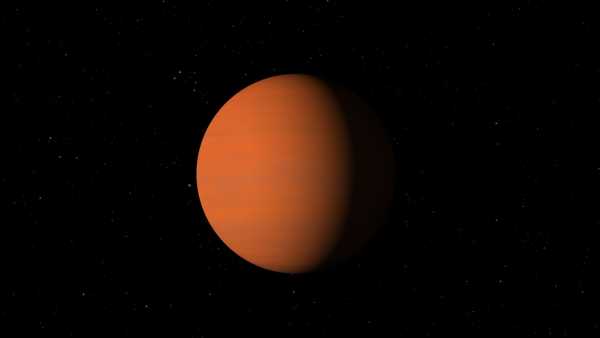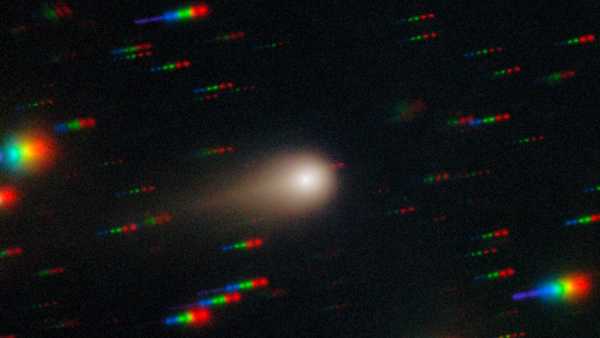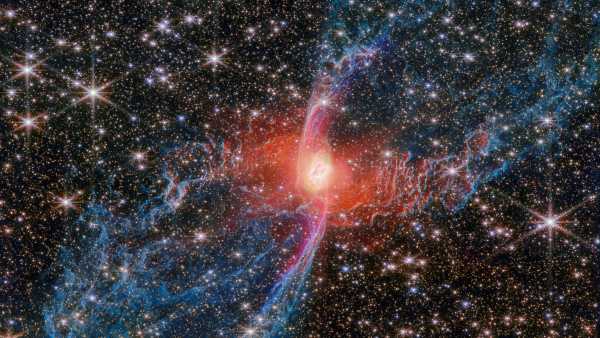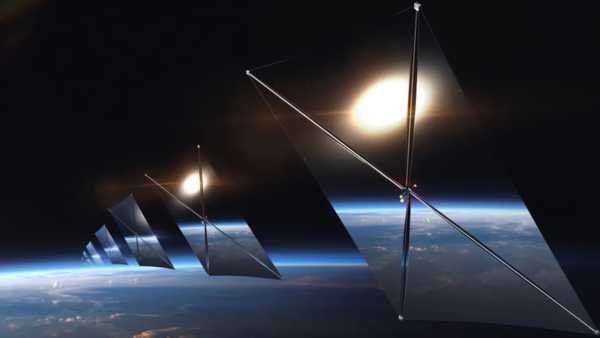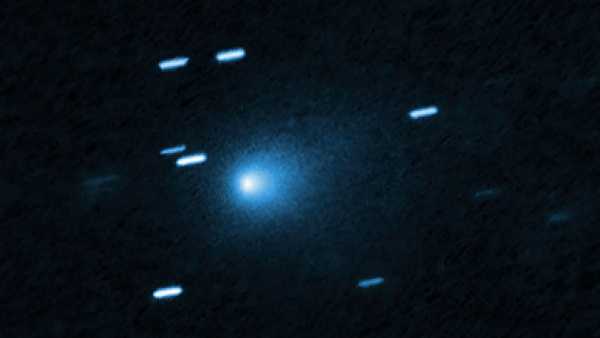
A Hubble image of 3I/ATLAS taken in late July. (Image credit: NASA/ESA)
One of the benefits of having so many telescopes observing large swaths of the sky is that if astronomers spot something interesting, the data archives of other satellites will likely contain images of the object taken before its official discovery that no one has bothered to examine. That’s exactly what happened with our newest interstellar visitor, 3I/ATLAS, which, although discovered in early July, was visible to other telescopes as early as May.
We previously reported on Vera Rubin's discovery of 3I/ATLAS long before its official discovery, and now a new paper says the interstellar object was discovered in TESS data as early as early May — and it appears it may have been “active” around that time.
The Transiting Exoplanet Survey Satellite (TESS) isn't designed to look for interstellar stars or anything faint. As its name suggests, it's designed to look at stars (which are bright) and the exoplanets that pass in front of them, while watching the parent star's light curve drop. But data is data, and since TESS happened to be looking at a patch of sky this year where 3I/ATLAS was expected to be, researchers Adina Feinstein and Darryl Seligman of the University of Michigan, and John Noonan of Auburn decided to search the telescope archives for any clues about it.
You may like
-
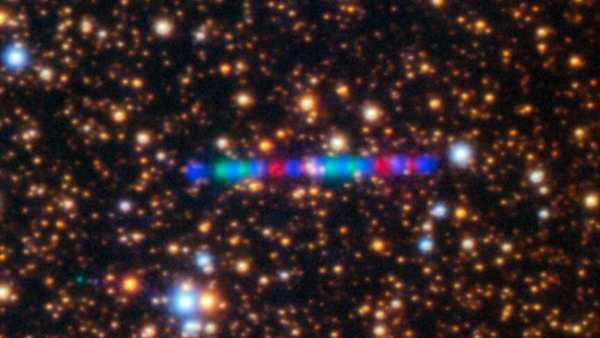
Interstellar Comet 3I/ATLAS Turns Into Giant 'Cosmic Rainbow' in New Psychedelic Telescope Image
-
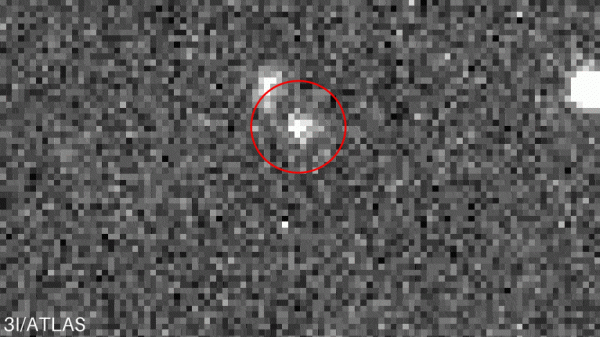
Astronomers are rushing to study our solar system's newest “interstellar visitor.” Here's why.
-
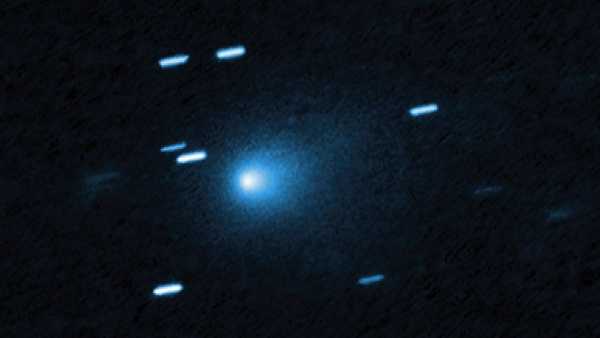
NASA's Hubble Space Telescope Has Released the Most Detailed Images to Date of the Interstellar Visitor 3I/ATLAS
It turns out they did, starting on May 7, 2025, over two separate observing periods. Because TESS takes a picture every 200 seconds, and 3I/ATLAS is moving much faster than the traditional stars TESS targets, the team had to use a technique known as “shift-stacking.” They predicted where the interstellar object (the ISO) would be in each picture, shifted the images so that the ISO was in the same place in each picture, and then stacked multiple pictures together to get a clear signal from an object that would otherwise be too faint to detect in a single picture.
3I/ATLAS began its observing period at approximately 6.35 AU and by the end of the second observing window, on June 2, had reached a distance of approximately 5.47 AU. During this time, its flux increased by a factor of 5, although the decrease in distance would have resulted in a brightness increase of only about 1.5 times.
There have been many suggestions about the causes of some of 3I/ATLAS’s most interesting features, from data collection errors to the object itself being alien technology. But the authors have a much more prosaic explanation for this seemingly bizarre occurrence: Comet ISO was likely releasing “hypervolatiles” like carbon dioxide and carbon monoxide. These have a much higher sublimation temperature than water ice and can cause a significant increase in brightness, but most comets in our solar system have no hypervolatiles left, so they don’t show such a dramatic increase in brightness at such a great distance from the Sun. For the researchers, this is yet another argument that comets from other solar systems are likely to have very different compositions than those associated with our own.
In an effort to detect even more differences, they also tried to determine the rotation period of the ISO core. However, there was not enough of a clear signal to determine whether the core was actually moving. Rather, it was caused by the coma obscuring any discernible features, making it difficult for TESS to detect any brightness changes caused by the core's rotation.
RELATED STORIES
— Images from the James Webb Space Telescope show that something strange is happening with the interstellar comet 3I/ATLAS.
—3I/ATLAS is 7 miles wide — the largest interstellar object ever observed — new images from the Vera C. Rubin Observatory show
— The “interstellar visitor” 3I/ATLAS may be the oldest comet ever observed — and it could develop an impressive tail this year.
As we continue to study each new interstellar object that comes our way, we will learn more and more about them. This article adds to that body of knowledge, and no doubt the information will expand as astronomers begin to analyze old data from every telescope they come across, trying to unravel the mysteries of our mysterious visitors.
The original version of this article was published in Universe Today magazine.

Andy Thomaswick
Andy has been interested in space exploration ever since he read the book Pale Blue Dot in high school. An engineer by training, he prefers to focus on the practical challenges of space exploration, whether it’s destroying perchlorates on Mars or creating super-smooth mirrors to capture ever-sharper data. When he’s not writing or engineering, he enjoys entertaining his wife, four kids, six cats, and two dogs, or running laps to stay in shape.
You must verify your public display name before commenting.
Please log out and log back in. You will then be prompted to enter a display name.
Exit Read more
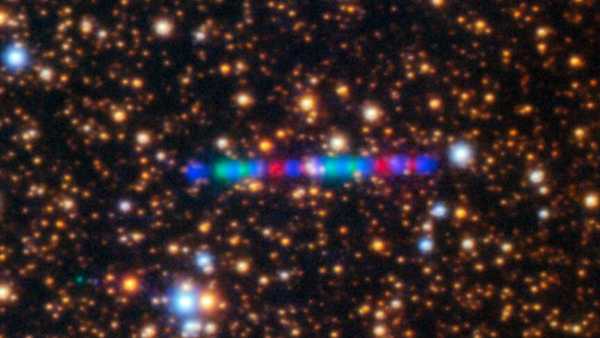
Interstellar Comet 3I/ATLAS Turns Into Giant 'Cosmic Rainbow' in New Psychedelic Telescope Image

Astronomers are rushing to study our solar system's newest “interstellar visitor.” Here's why.
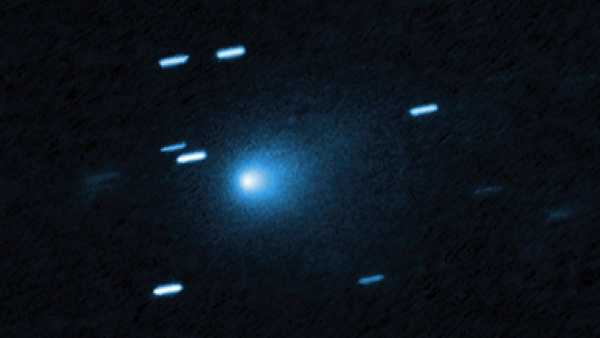
NASA's Hubble Space Telescope Has Released the Most Detailed Images to Date of the Interstellar Visitor 3I/ATLAS
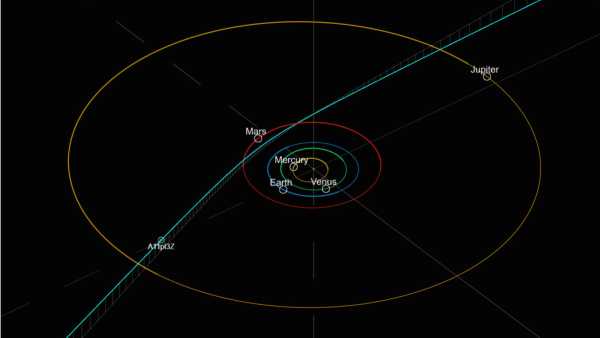
NASA confirms mystery object flying through solar system is 'interstellar visitor' – and it has a new name
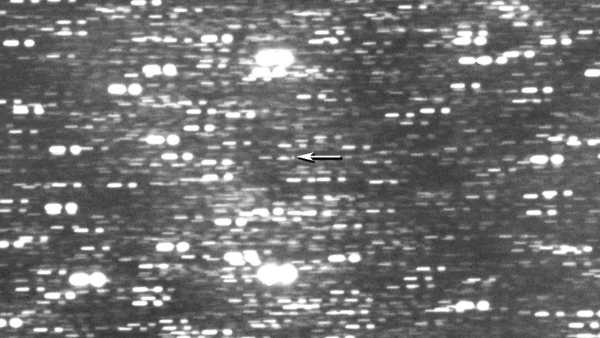
Watch Newly Discovered 'Interstellar Visitor' 3I/ATLAS Fly Towards Us in First Live Stream
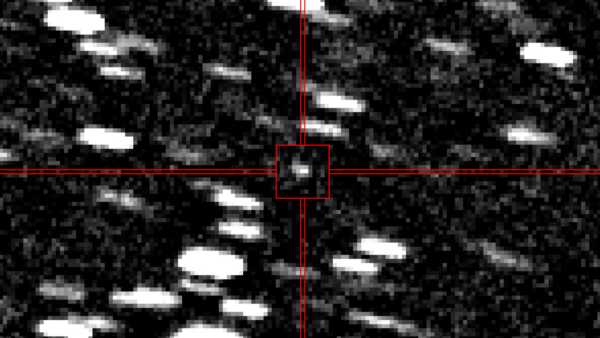
Astronomers have discovered a potential 'interstellar visitor' flying through the solar system towards Earth. Latest news from space
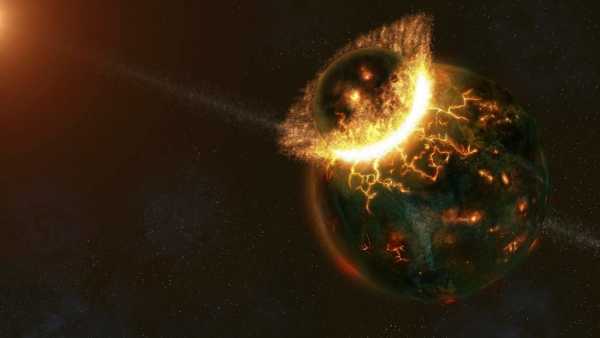
New research suggests that a catastrophic collision with a neighboring planet may be the reason for life on Earth.
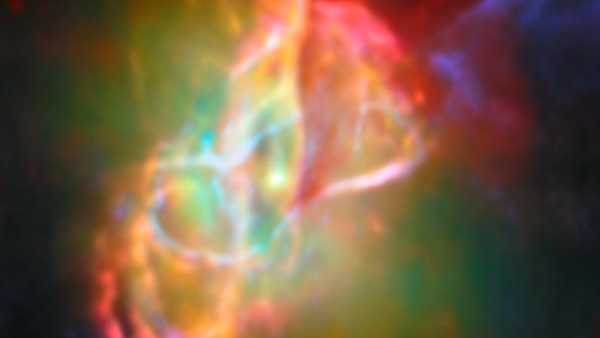
The Butterfly Nebula Spreads Its Wings in Stunning New James Webb Telescope Image
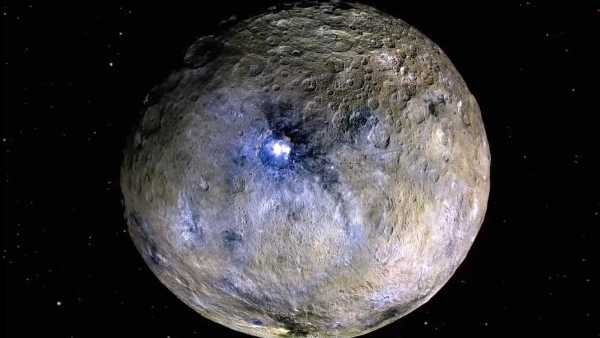
NASA Finds Dwarf Planet Ceres Has Hidden 'Power Source' That Could Have Fueled Alien Life
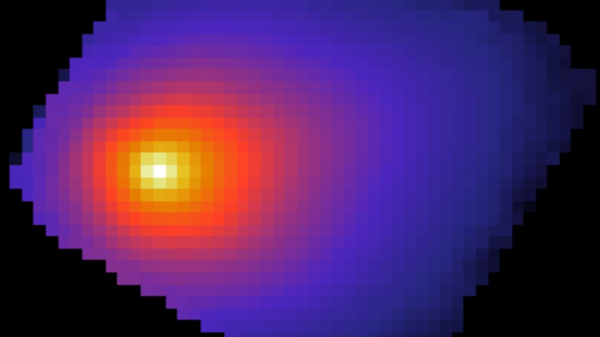
Images from the James Webb Space Telescope show that something strange is going on with the interstellar comet 3I/ATLAS.
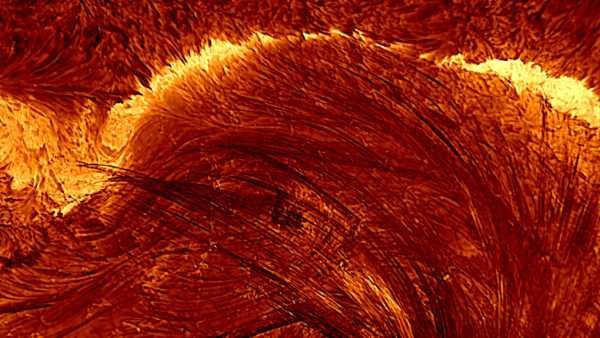
Scientists have released the most detailed photograph of a solar flare ever taken
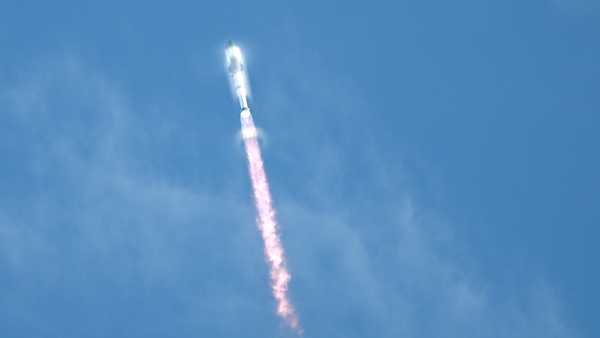
Tenth time lucky! SpaceX's Starship successfully completes test flight after a series of failures. Latest news

2,200-year-old 'intricate and graceful' Celtic warrior amulet reveals sophisticated metalworking in Iron Age
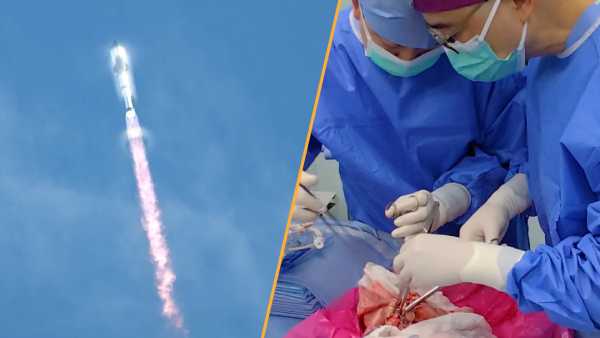
This week's science news: World's first pig-to-human lung transplant and successful SpaceX Starship test flight

'I Would Never Let a Robot Carry My Baby': 'Pregnancy Robots' Poll Divides Live Science Readers
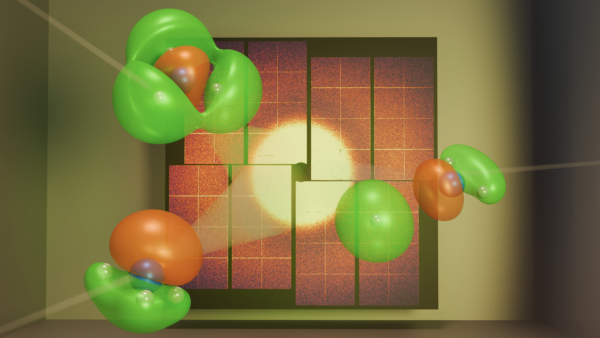
Scientists have observed the movement of a single electron during a chemical reaction for the first time
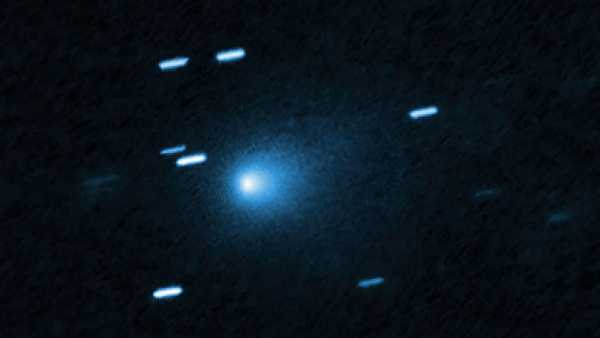
NASA's first observations have shown that Comet 3I/ATLAS is unusually “active.”

'A truly unprecedented discovery': 3,000-year-old multi-coloured fresco depicting fish, stars and gods discovered in Peru LATEST ARTICLES

1Scientists have turned to red onions to improve solar panels – and it could make solar energy more sustainable.
Live Science is part of Future US Inc., an international media group and leading digital publisher. Visit our corporate website.
- About Us
- Contact Future experts
- Terms and Conditions
- Privacy Policy
- Cookie Policy
- Accessibility Statement
- Advertise with us
- Web Notifications
- Career
- Editorial Standards
- How to present history to us
© Future US, Inc. Full 7th Floor, 130 West 42nd Street, New York, NY 10036.
var dfp_config = { “site_platform”: “vanilla”, “keywords”: “type-crosspost,exclude-from-syndication,serversidehawk,videoarticle,van-enable-adviser-
Sourse: www.livescience.com


